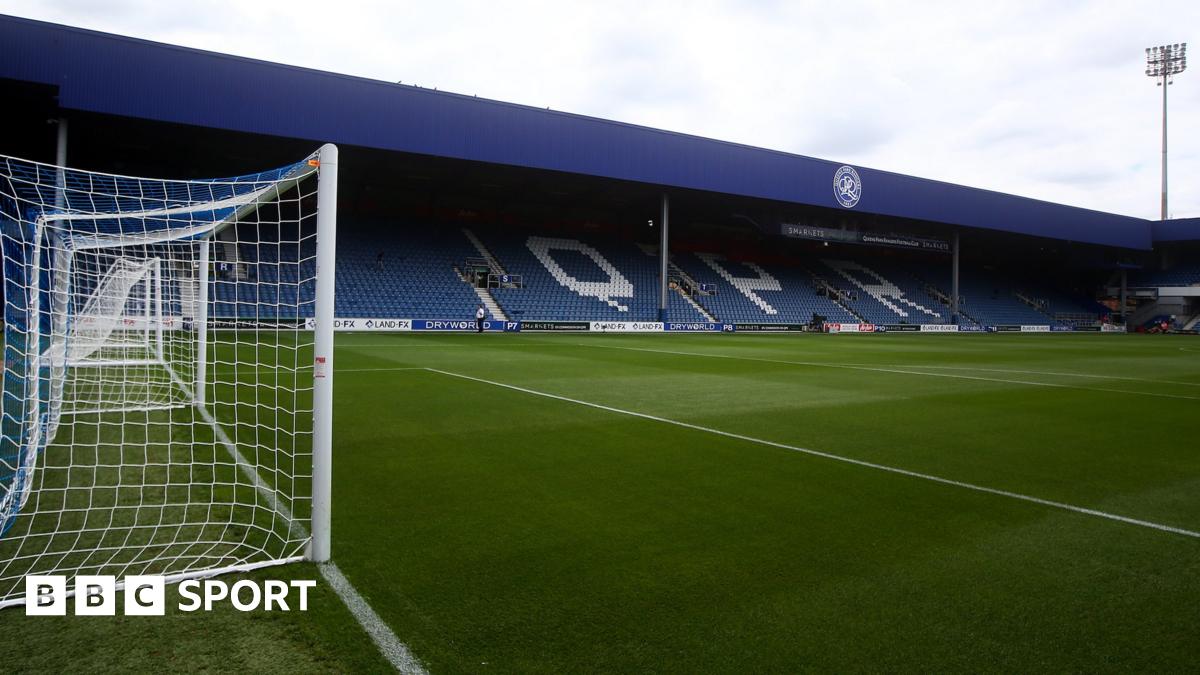re Oslo
I got the below from the guy who runs the FFP site via email response .
I also really dont see where you get the £21million loss from as we still have parachute payments for this and next season. The two year rule is for clubs relegated more recently then us.
"The three year cycle is a rolling 3 year period that includes:
The current year (projections will shortly need to be submitted to the Football League)
Last season
The season before last
The accounts for the current year will not have been produced yet (as the season is still underway) - hence the need for projections. The league could sanction a club before the end of the season. So, in theory, a club that overspends could have points deducted before the end of the season and hence might not get promoted. "
I got the below from the guy who runs the FFP site via email response .
I also really dont see where you get the £21million loss from as we still have parachute payments for this and next season. The two year rule is for clubs relegated more recently then us.
"The three year cycle is a rolling 3 year period that includes:
The current year (projections will shortly need to be submitted to the Football League)
Last season
The season before last
The accounts for the current year will not have been produced yet (as the season is still underway) - hence the need for projections. The league could sanction a club before the end of the season. So, in theory, a club that overspends could have points deducted before the end of the season and hence might not get promoted. "

Comment